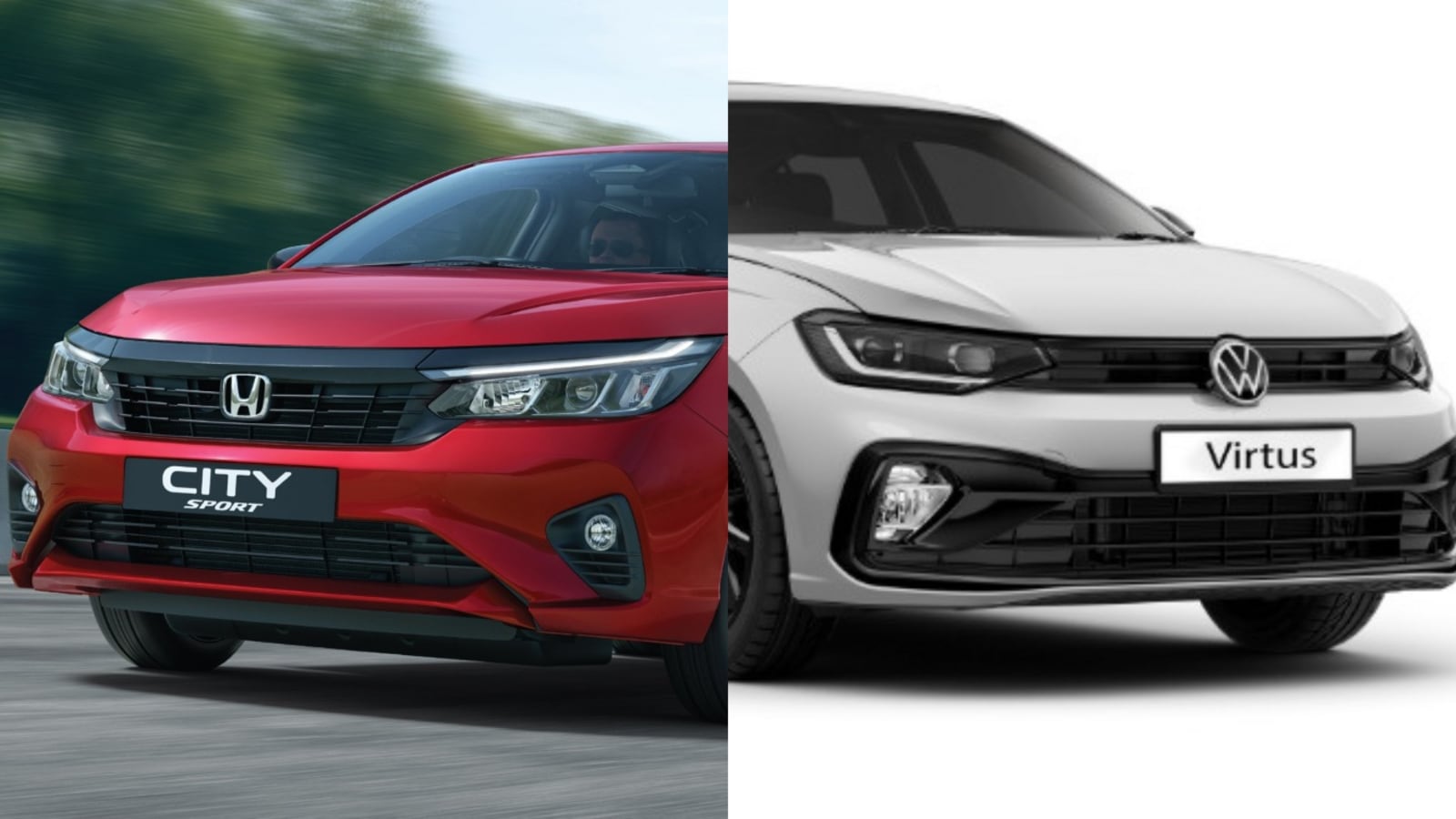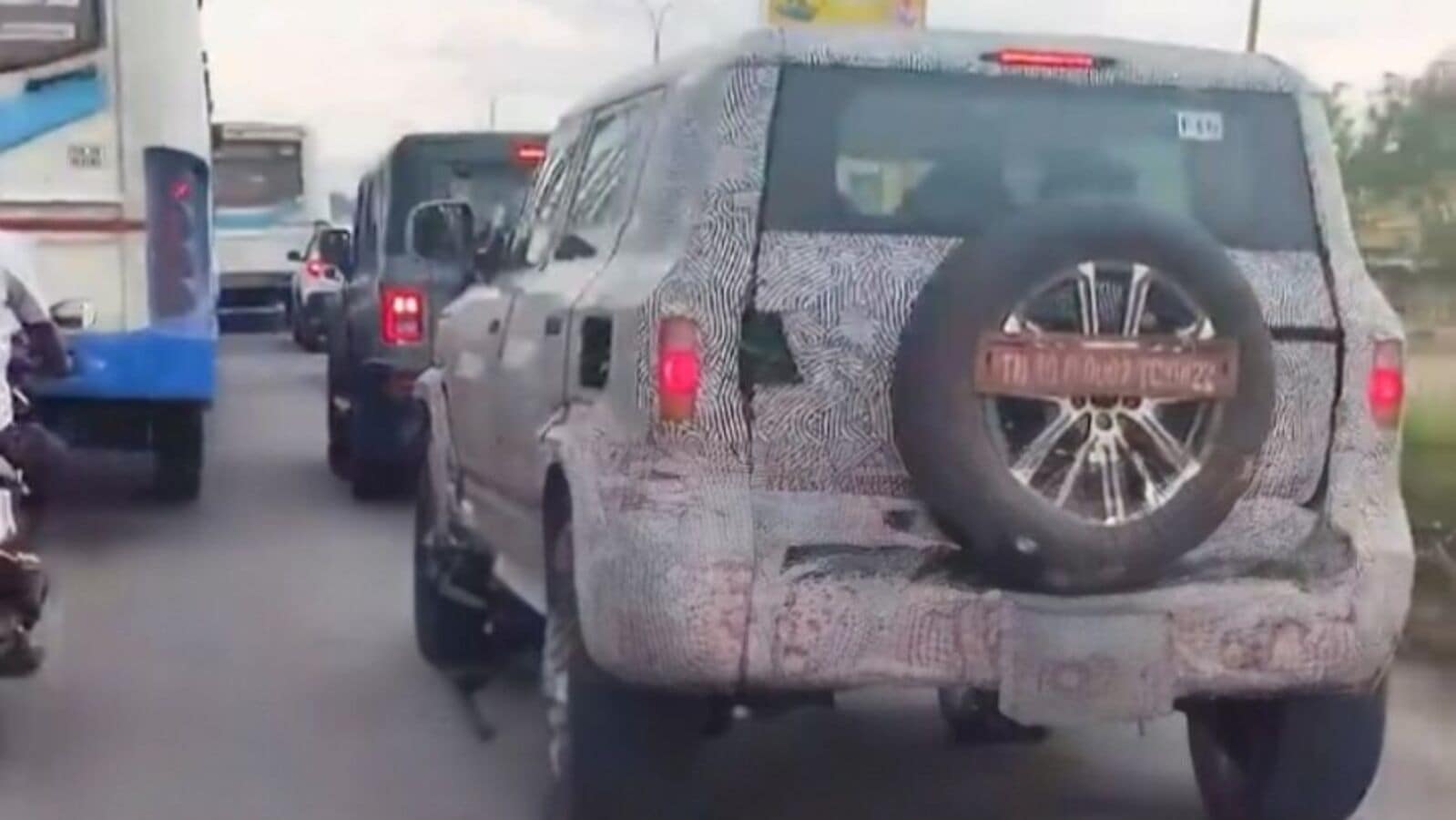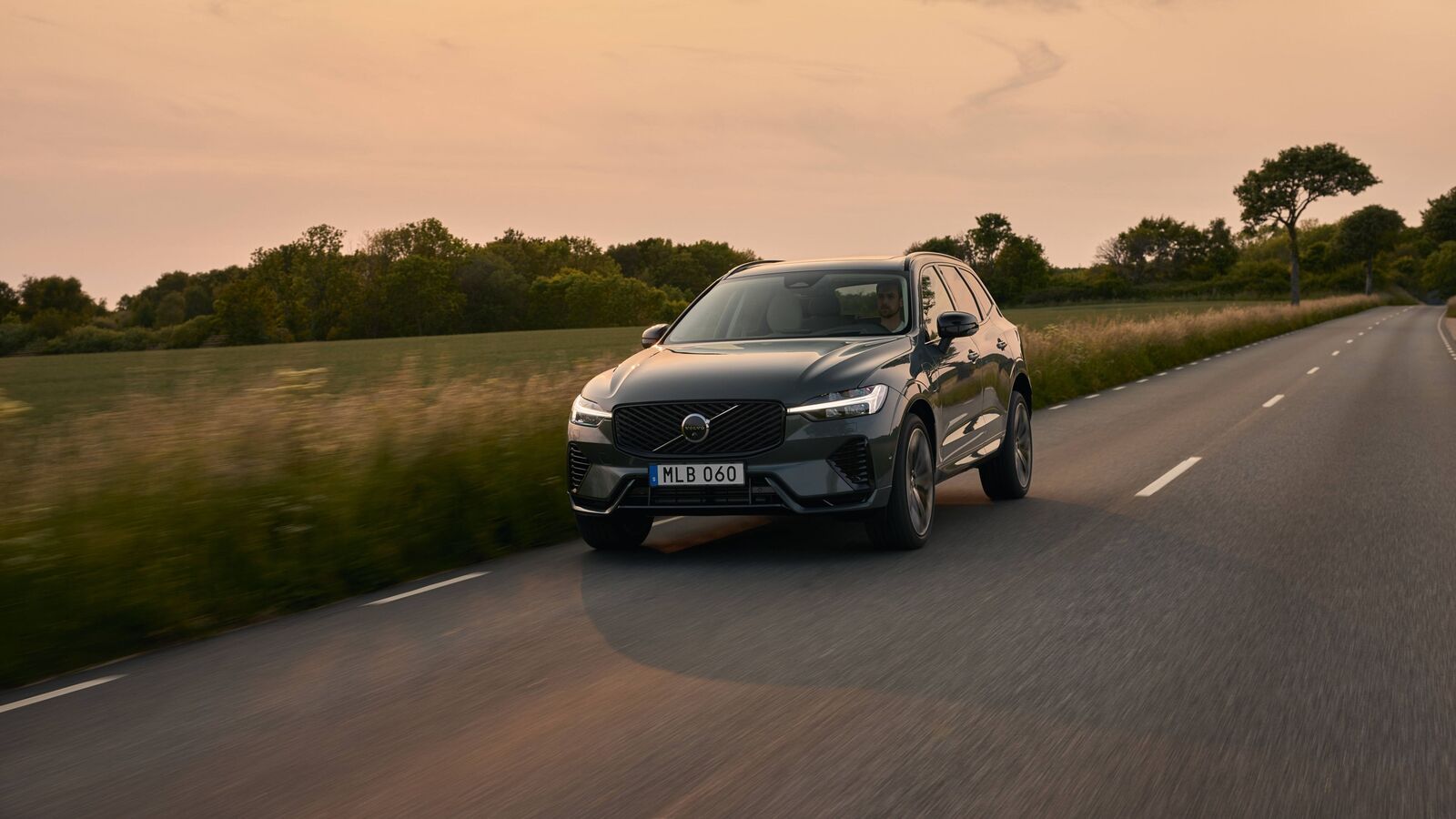21 February 2025

Donald Trump could impose automotive tariffs on the EU. Meanwhile, European carmakers and OEMs have made significant technological advancements. Tom Geggus, Autovista24 editor, discusses the week’s headlines.
Which carmaker has unveiled autonomous driving technology? How are electric transport groups responding to suggested changes to 2025 CO2 targets? Which van manufacturer will offer electric and combustion engine powertrains on a single architecture?
Subscribe to the Autovista24 podcast and listen to previous episodes on Spotify, Apple and Amazon Music.
Trump threatens tariffs
Donald Trump has indicated he is looking to impose tariffs of around 25% on automotive goods. The president is also looking to place duties on semiconductors and pharmaceuticals brought into the country from the EU. These new tariffs could come into effect as soon as 2 April, as reported by Reuters and the Financial Times.
‘The EU has been very unfair to us. We have a deficit of $350 billion (€335 billion). They do not take our cars,’ Trump stated in a press briefing.
Maroš Šefčovič, European commissioner for trade and economic security, addressed claims that the EU imposes higher tariffs on the US. He explained that certain products are subject to varying duties.
For example, the EU has a peak tariff on cars, while the US has a peak on trucks. ‘Given these facts, the EU sees no justification for sudden, unilateral tariff increases by the US,’ outlined Šefčovič.
‘If the US imposes tariffs on EU products, it would create unnecessary barriers to EU exports, harming businesses and workers on both sides. Therefore, to protect European interests, we will have no choice but to respond firmly and swiftly. But we do hope to avoid that scenario,’ he commented.
Advancing battery technology
BMW has revealed its sixth generation, or Gen6, eDrive technology. This will benefit the Neue Klasse vehicles, the first of which will enter series production later this year in Hungary. The new 800-volt technology offers 30% faster charging and a 30% increase in range, while some models might exceed this.
BMW also confirmed the use of a modular and more flexible approach to motor production. Furthermore, the brand said that bi-directional charging will be a standard feature in Gen6.
Meanwhile, Renault Group opened up its ‘Fireman Access’ technology to the automotive industry. The carmaker claims the system allows emergency services to put out an electric vehicle (EV) fire in roughly the same time as an internal-combustion engine (ICE) fire.
The safety solution means a battery fire can be put out in just a few minutes, rather than several hours. The technology is now fitted to all EVs sold by Renault, Dacia, Alpine and Mobilize.
Volkswagen has signed a memorandum of understanding with Chinese battery manufacturer CATL. The two companies will deepen their partnership in researching and developing batteries. They will also examine the application of new materials and advances in components, according to Reuters.
STLA AutoDrive system
Stellantis unveiled its STLA AutoDrive technology. This is the company’s first automated driving system developed in-house. It promises to deliver hands-free and eyes-off functionality at SAE Level 3. STLA AutoDrive allows automated driving at up to 60kph (37mph).
This reduces driver workload in stop-and-start traffic. At higher speeds, the system offers adaptive cruise control and lane-centring functions in SAE Level 2 and Level 2+ modes.
Research is ongoing, with future advances potentially unlocking hands-free and eyes-off operation at speeds up to 95kph. There is even the possibility of enhanced off-road automation for selected models.
Keeping CO2 emission targets
E-Mobility Europe and ChargeUp Europe have called on the EU to reject calls to weaken 2025 CO2 targets and fines. The electric transport groups addressed a letter to European Commission President Ursula von der Leyen, which was seen by Reuters.
They wrote that the leader should not accept slower phasing in targets or agree to base fines on a multi-year average. The pair said any fines should go to subsidise the bloc’s transition to EVs.
E-Mobility Europe and ChargeUp Europe added that the CO2 targets are achievable. They highlighted the launch of more affordable electric models and growing EV sales in January.
Upcoming models teased
Volvo teased details of its all-electric ES90 this week. The software-defined vehicle is based on the carmaker’s Superset tech stack. This is a single set of hardware and software modules which will underpin all future electric Volvo cars.
It is the second model from the brand to be based on the Superset stack following the EX90. The sedan will be unveiled on 5 March.
Elsewhere, Audi is adding an entry-level variant to its all-electric lineup with the Q4 40 e-Tron. Prices will start at £46,600 (€56,280) in the UK. The BEV will be capable of a 258-mile (415km) range with a battery capacity of 63kWh. Orders for the entry-level version are due to open on 13 March.
Dacia’s city car
Dacia has begun work on a sub €18,000 city car for Europe, according to Autocar. As the successor to the Dacia Spring, it will be closely related to the upcoming Renault Twingo.
With plans to build the model in Europe, it will be able to avoid any import tariffs. Renault Group CEO Luca de Meo said the model could be ready for the market in 16 months.
Meanwhile, Alpine gave the world a glimpse of its upcoming all-electric sport fastback, the A390. The car will be presented in Dieppe, France, on 27 May.
Mercedes-Benz confirmed it will offer ICE-based light-commercial vehicles alongside electric powertrains on a single architecture. All-electric models based on the Van Electric Architecture (VAN.EA) will be introduced in 2026. The Van Combustion Architecture (VAN.CA) will follow afterwards.





